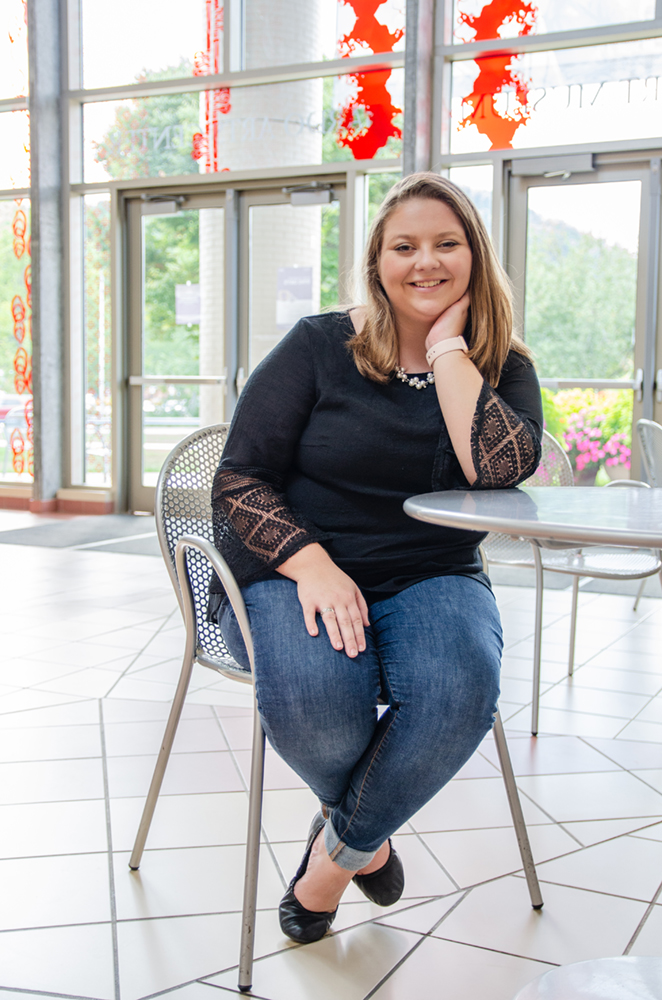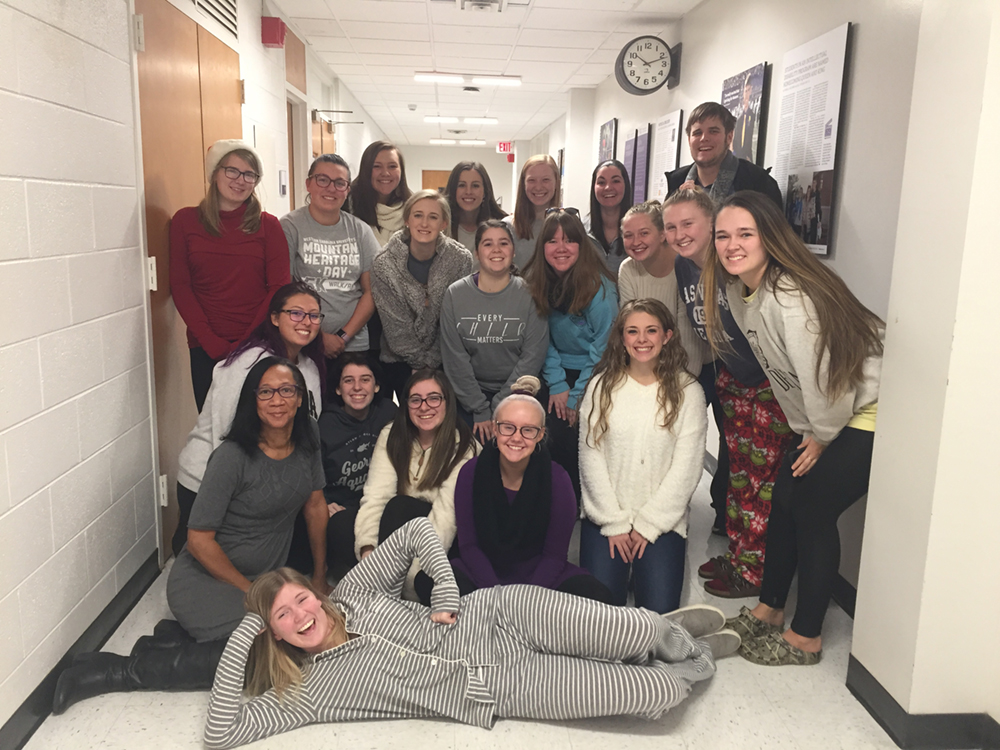- Academic Programs & Support
- Departments, Schools & Colleges
- College of Education and Allied Professions
- College Resources and Governance
- News
- Addressing the Social and Emotional Needs of Middle School Students
Addressing the Social and Emotional Needs of Middle School Students

By Alyssa Potts, Undergraduate Student
As Middle Grades majors, we have many opportunities to work with young adolescent learners. In our early field experiences during sophomore year, we visit classrooms and observe teachers. In our program courses, we conduct shadow studies, visit schools, and begin to teach with faculty in methods courses. By the time we reach block semester, we are fully engaged.
Additionally, the middle grades program gives us the incredible opportunity to work with teachers and students at The Catamount School (TCS). TCS is our laboratory middle school housed within Smoky Mountain High School. My cohort and I can travel to TCS to gain amazing field experience. While working closely with middle grades students, we can test out different teaching methods and styles to explore which methods work best for us as teachers.
TCS has given some of us additional opportunities. William Frye, Emily Wild, Hannah Swords, and I have worked with faculty as research assistants. We have spent extra time observing lessons and interviewing students. In November, we presented two sessions at the Association for Middle Level Education in Nashville with Dr. Holly Pinter, Dr. David Strahan, and Ms. Beth Poteat. Thinking back on these experiences, Hannah Swords said,
“Working at The Catamount School provided an opportunity to work with an amazing group of students and teachers. When working with students building relationships was the first step to meeting their social and emotional needs. After doing so, content and curriculum was much easier to accomplish. I look forward to implementing strategies I have learned at the Catamount School in my future classroom.”
As Hannah noted, some of the most important things we learned have been about young adolescents’ social and emotional needs. Collaborative for Academic, Social, and Emotional Learning (CASEL) defines social and emotional learning as, “the process through which children and adults understand and manage emotions, set and achieve positive goals, feel and show empathy for others, establish and maintain positive relationships, and make responsible decisions.” We have learned that students these days are constantly faced with anxieties, situations, and opportunities like never before. How do we approach this as teachers? Perhaps the greatest approach involves incorporating social and emotional learning in the classroom. Social and emotional learning encompasses self-awareness, self-management, social awareness, relationship skills, and responsible decision making.
It is an incredible feeling knowing that the actions and decisions we make with our students impacts their lives. TCS provides us an excellent model of social and emotional learning in the classroom. Each teacher at TCS is devoted to creating a positive and safe school environment while promoting the importance of social and emotional learning.
As a teacher candidate, I have the opportunity to really focus on my interactions with students. I especially like working in small group settings to build my social and emotional development skills. This is a low risk environment that gives teacher candidates the opportunity to work with middle school students with support from expert teachers.
On behalf of our team, I want to thank the teachers and students at The Catamount School for their willingness to let us work with them so often. We feel like we are a part of their team and look forward to learning more from them as we continue in our program


